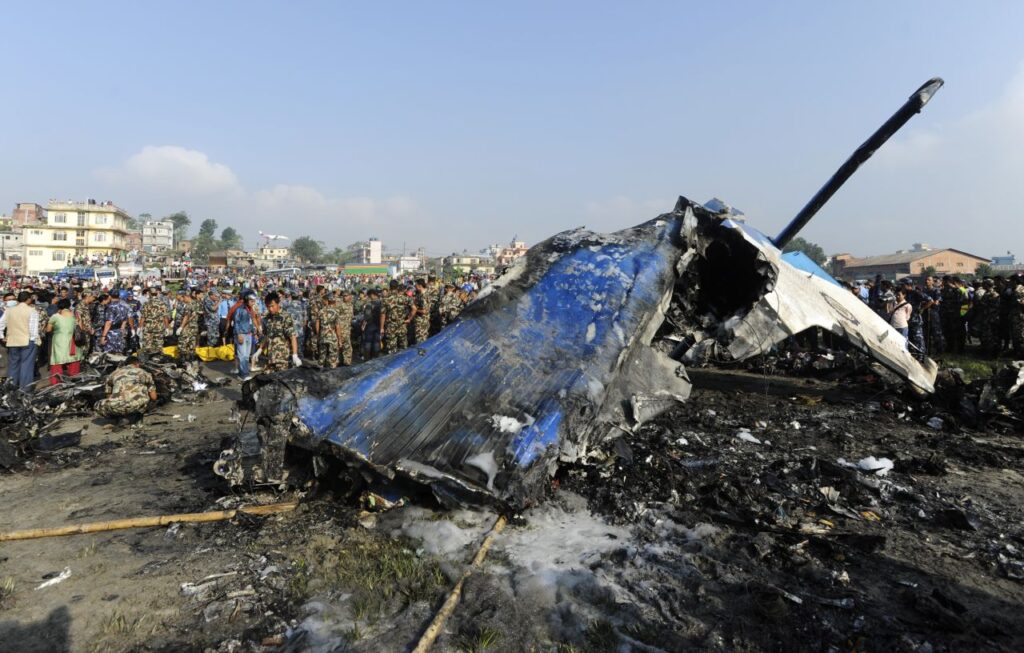A tragic plane crash in Nepal has resulted in the loss of at least 19 lives. The accident occurred when a small passenger aircraft, operated by Tara Air, went down shortly after takeoff from the tourist town of Pokhara. The flight, bound for Jomsom, was carrying a total of 22 people, including both passengers and crew members.
The aircraft, a twin-engine Dornier 228, disappeared from radar screens approximately 15 minutes after departure. The Nepalese Army and rescue teams quickly launched a search operation, which located the wreckage in the hilly terrain of the Mustang district. The area is known for its challenging geography, which has historically made search and rescue operations difficult.
Initial reports suggest that adverse weather conditions may have contributed to the crash. The region has experienced heavy rain and fog, which could have impaired visibility and complicated the flight’s navigation. Authorities are currently investigating whether mechanical failure or pilot error played a role in the incident.
The 19 confirmed fatalities include both Nepalese citizens and international tourists. Among the deceased are two crew members and several foreign nationals, highlighting the diverse nature of the passengers on board. The crash has sparked a wave of grief and concern, as families await news about their loved ones.
This incident marks a significant setback for Nepal’s aviation sector, which has struggled with safety issues in the past. The mountainous country’s terrain poses inherent risks for air travel, and the frequency of such accidents has drawn attention to the need for improved safety measures and regulations. Aviation experts have frequently called for stricter adherence to safety protocols and better infrastructure to mitigate the risks associated with flying in Nepal.
The aviation authority in Nepal has announced a preliminary investigation into the crash, promising a thorough review of the aircraft’s maintenance records and the pilot’s experience. The Dornier 228 model has been used extensively in Nepal due to its suitability for short, rugged airstrips, but this crash has raised questions about the reliability of such aircraft in adverse conditions.
International agencies and organizations, including the International Civil Aviation Organization (ICAO), have expressed their condolences and offered assistance in the investigation. The crash has also prompted discussions about the broader implications for aviation safety in the region, particularly regarding the need for modernizing air traffic control systems and enhancing weather forecasting capabilities.
As the investigation progresses, officials are focusing on recovering the flight data recorder, which is expected to provide critical insights into the final moments of the flight. The information gathered will be crucial in determining the exact cause of the accident and preventing similar incidents in the future.
The tragic event has also brought to light the ongoing challenges faced by Nepal’s aviation industry, which continues to grapple with safety concerns despite efforts to improve standards. The government and aviation authorities are under pressure to implement reforms and address the issues that have led to repeated tragedies in the sector.




 Budget’s Challenge: Recovering BJP’s Lost Support
Budget’s Challenge: Recovering BJP’s Lost Support 